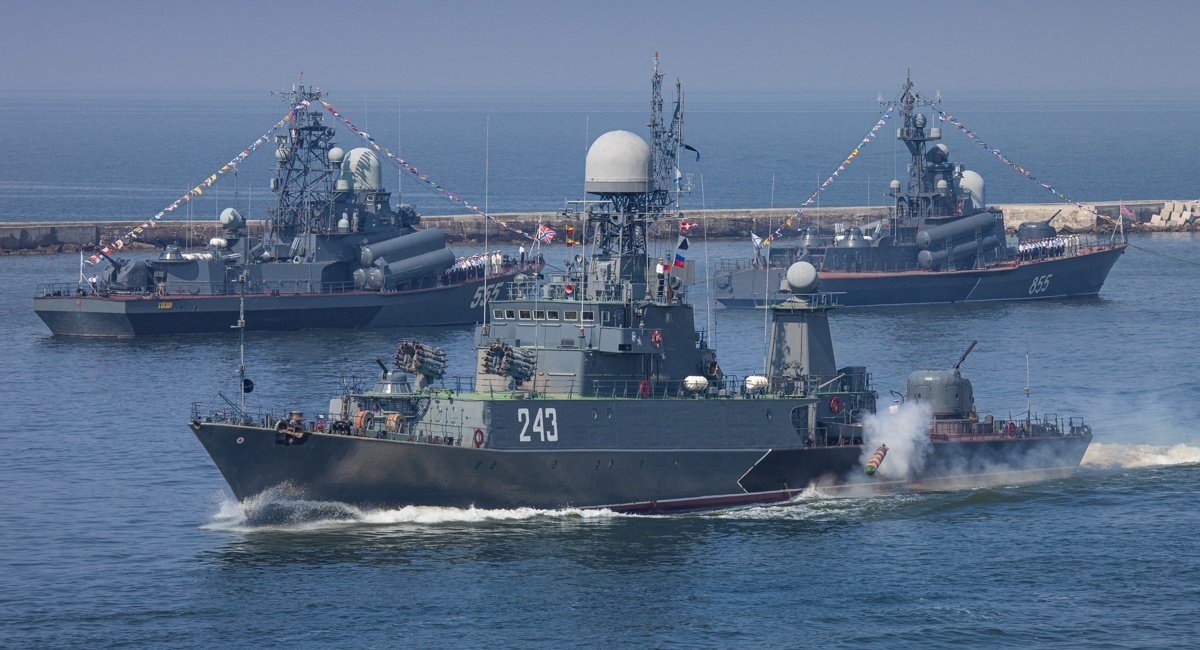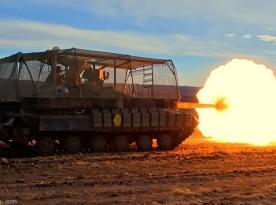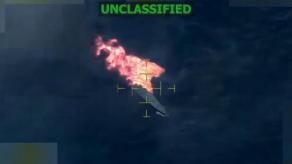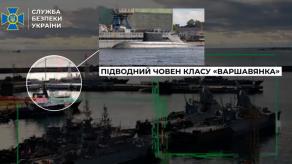A new element has been added to the training program of russian naval infantry due to the new threat that was used by Ukrainians to successfully damage several russian warships and the Crimean Bridge – naval drones.
From now on, russian marines will learn how to counter them, and what's especially notable, it already takes place not only on the Black Sea that russia shares with Ukraine but in the Baltic Sea as well, the mediterranean sea of NATO. The episode of anti-drone training was reported by the press service of the russian navy's Baltic Fleet.
Read more: For Crimean Bridge Strike, Ukraine Deployed 850 kg Sea Drones, Officials Reveal

According to the statement, two corvettes of the Project 1331-M class took part in the counter-drone drills. Their names are Aleksin and Kabardino-Balkariya, both were launched into the water in 1988.
Using 76.2mm and 30mm guns, these ships' crews were training to shoot down aerial drones and unmanned boats.
As pompous and precautious as it seems, in fact, these drills only reflect just another unreasonable instruction from Moscow. While such training would be logical in the Black Sea, there is much doubt about the point of doing the same in the Baltic. Two reasons.

First is that the Baltic Sea is entirely within the range of NATO coastal missile systems, and Alliance's aviation dominates the skies over it. Ukraine, in contrast, has to deploy drones to cover for the lack of long-range weapons able to reach distant ports in russia and occupied Crimea.
As Defense Express noted in our earlier article, the entire Baltic Fleet will have only as much time left to exist as it takes short-range missiles to reach the vessels and the coastal infrastructure.
The second reason follows from the previous one: NATO doesn't have the need to develop and employ sea drones as long as they have potent far-reaching weapons, so there is no prospect of any adversaries in the Baltic Sea using them any time soon.
Read more: Why the Attack on Novorossiysk Naval Base is Important fo Ukraine's Counteroffensive














